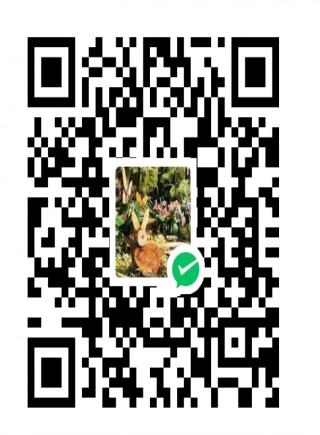3 主动还是被动
用cover的适当形式填空:
The wild flowers looked like a blanket ______ the desert.
The wild flowers looked like a blanket ______ on the desert.
两个句子一字之差,区别在哪里呢?
这种事物的名词做逻辑主语时,与非谓语动词之间的主动和被动关系如何确定?
其它 1 个回答
【1】The wild flowers looked like a blanket covering the desert.(over)
【2】The wild flowers looked like a blanket ______ on the desert. (over)
解答:第1个句子填现在分词“covering”作后置定语,a blanket covering the desert=a blanket which covers the desert 一条覆盖沙漠的毯子。
The wild flowers looked like a blanket covering the desert
=The wild flowers looked like a blanket which covers the desert
参考译文:这些野花看起来就像一条覆盖沙漠的毯子。
第2个句子后面用介词on是属于逻辑错误的,原因cover当动词,后面作状语介词短语必须是动作执行者。即介词后面的宾语必须是动作执行者。即cover A with B=A be covered with B=A be covered by B=A be covered in B
【1】cover A with B=A be covered with B“用B覆盖A”
She covered her face with her hands.=Her faced was covered with her hands 她双手掩面。
Cover the chicken loosely with foil.
=The chicken is covered loosely with foil.用锡箔把鸡肉松松地盖起来。
【2】A be covered by B “A 被B覆盖”
The ground was covered by snow=大地被大雪所覆盖/大雪覆盖了大地。
【3】A be covered in B “A 撒上/洒上/溅上B”
The players were soon covered in mud.那些运动员很快就浑身溅满了泥。
总结:cover不能与介词on构成搭配。cover当作及物动词使用,后面不需要接任何介词,且宾语必须是动作承受者,即cover sth(A) +with sth(B) / by sth(B)/ in sth(B); A cover B=A 覆盖B
如果觉得我的回答对您有用,请随意打赏。你的支持将鼓励我继续创作!

- 2 关注
- 0 收藏,1725 浏览
- zhgy2018 提出于 2022-07-03 15:48
相似问题
- all made of rice成分 2 回答
- being done(现在分词被动语态)的画蛇添足的疑问 1 回答
- 分词与动名词 2 回答
- 非谓语存在的意义 3 回答
- 这里的分词是定语还是状语 1 回答
-
 《高考英语备考1号·速效编》
《高考英语备考1号·速效编》
-
 《高考英语备考1号·写作编》
《高考英语备考1号·写作编》
-
 《高中英语晨读晚记》
《高中英语晨读晚记》
-
 《高中英语错题笔记》
《高中英语错题笔记》
-
 《零起点考大学英语》
《零起点考大学英语》
-

